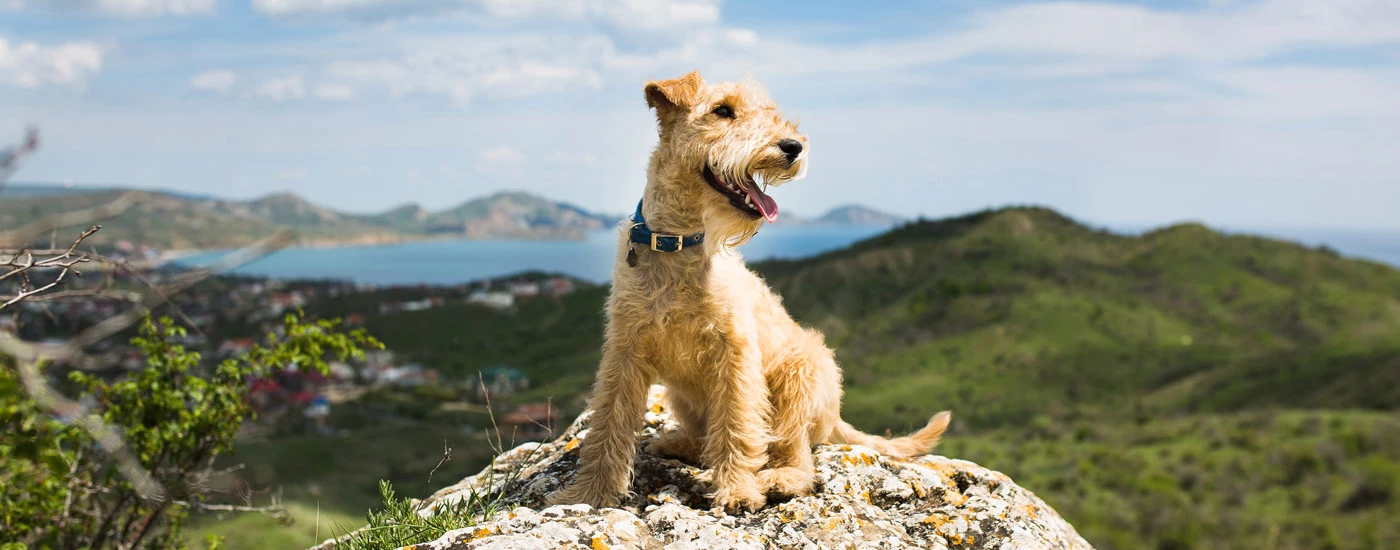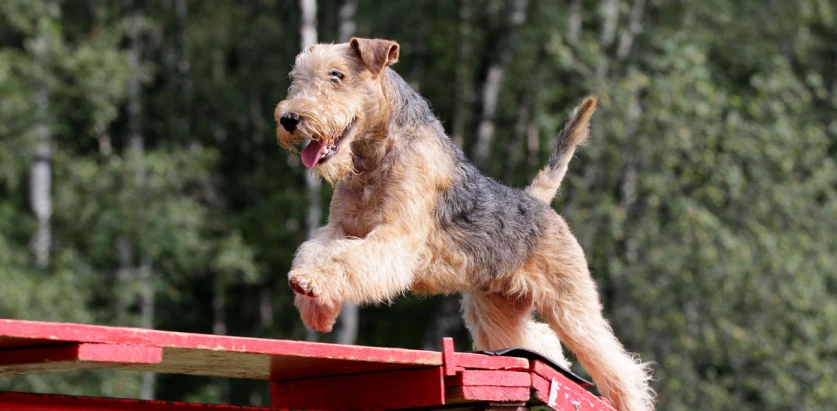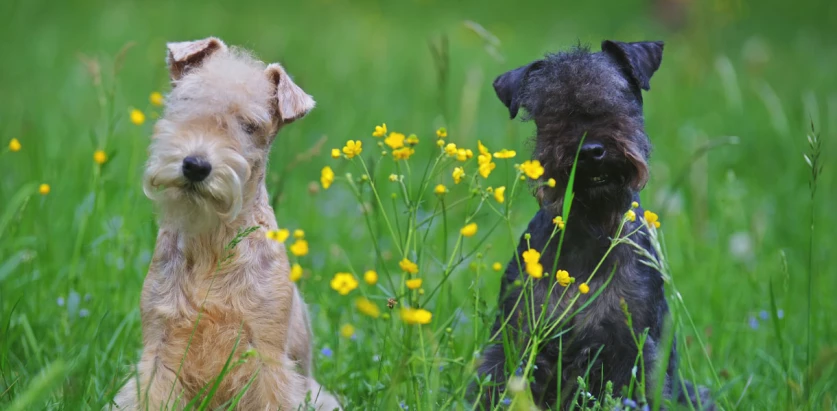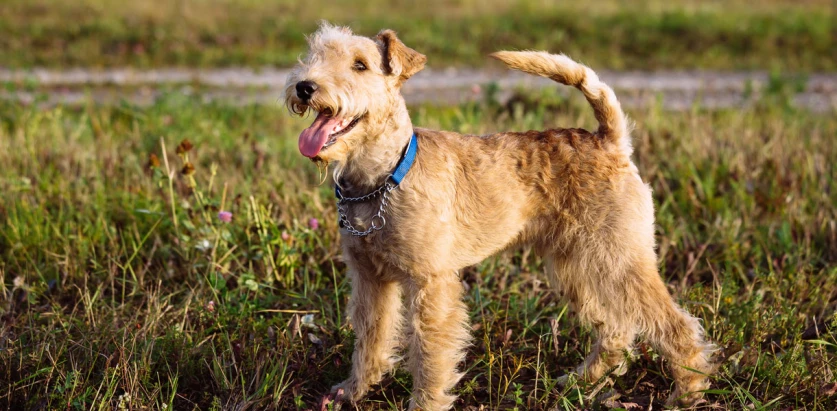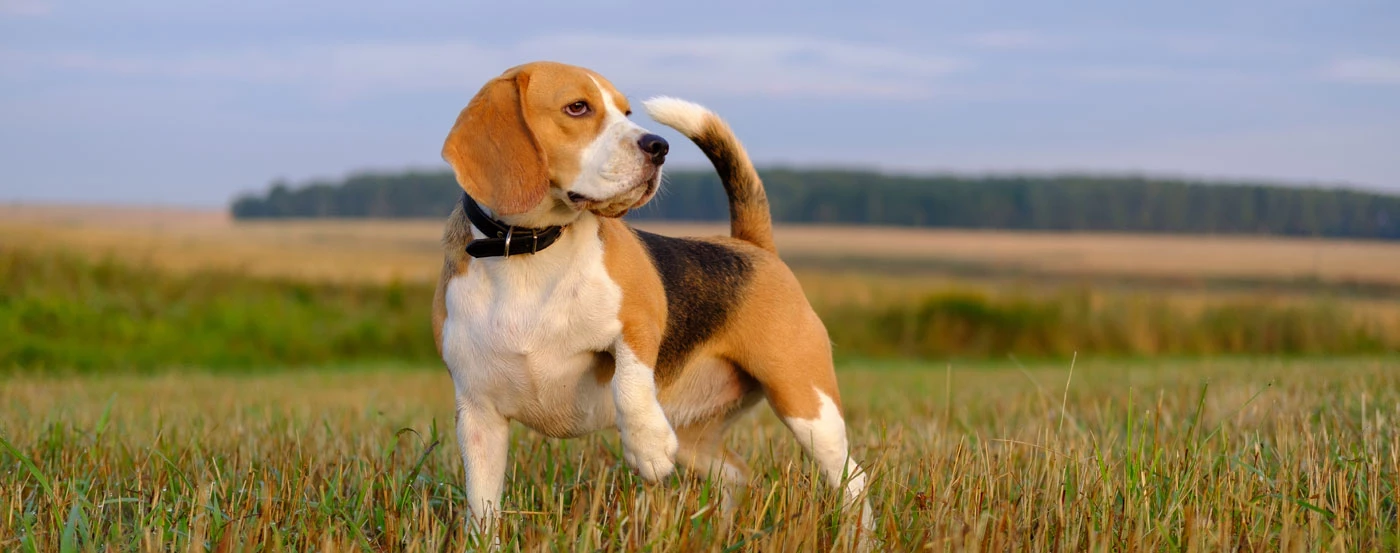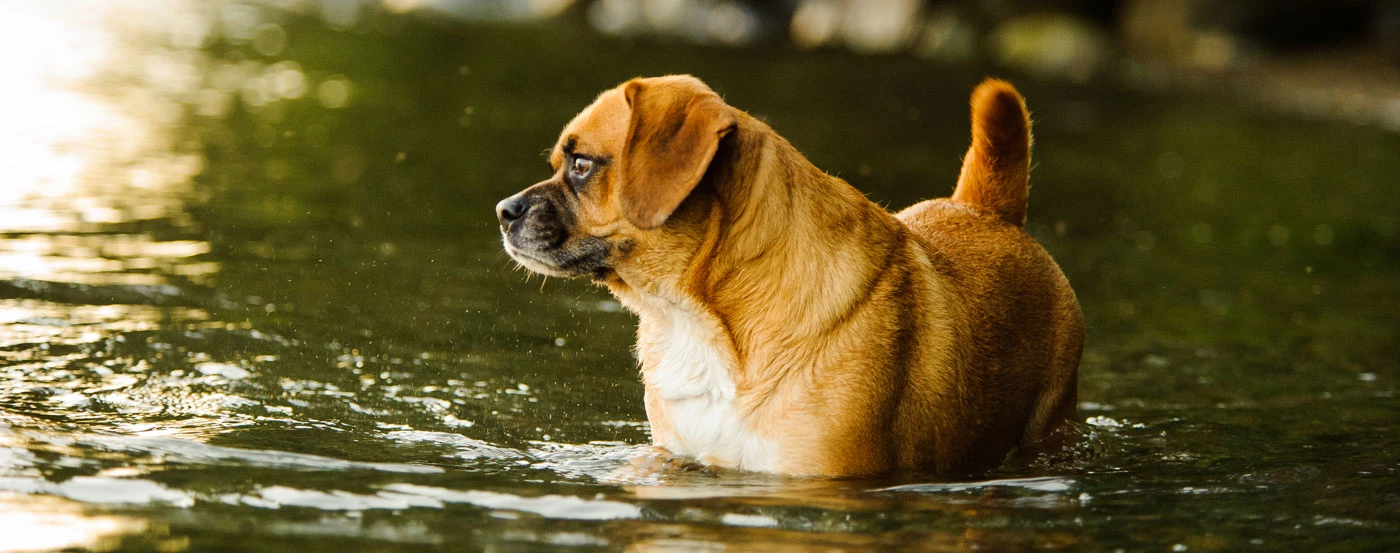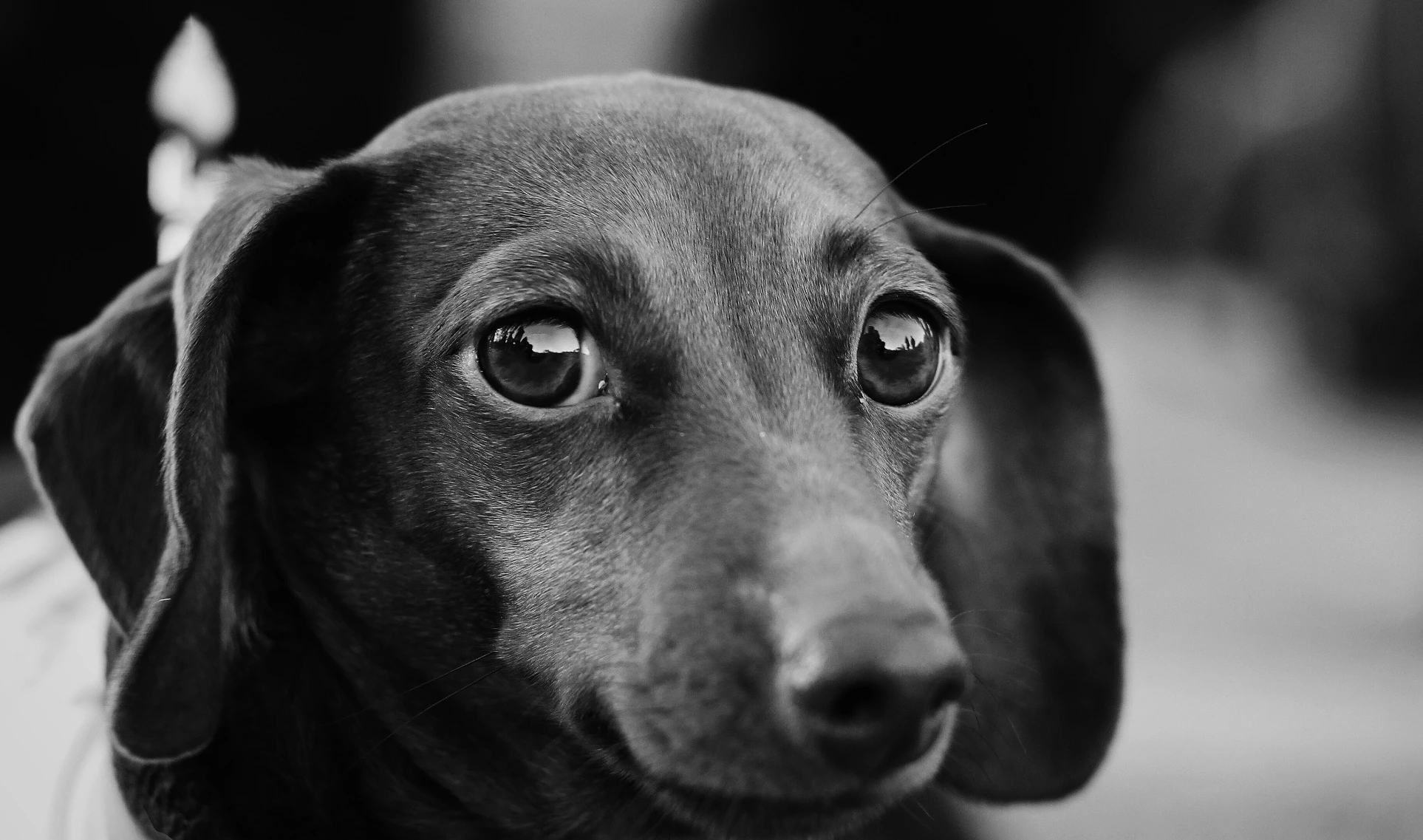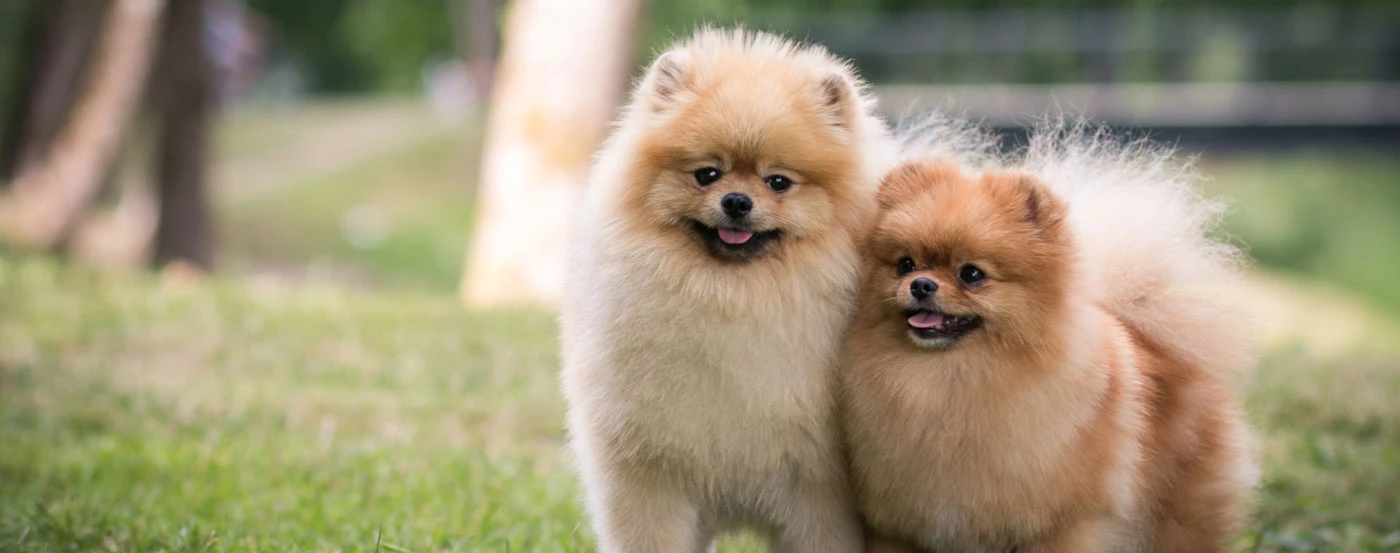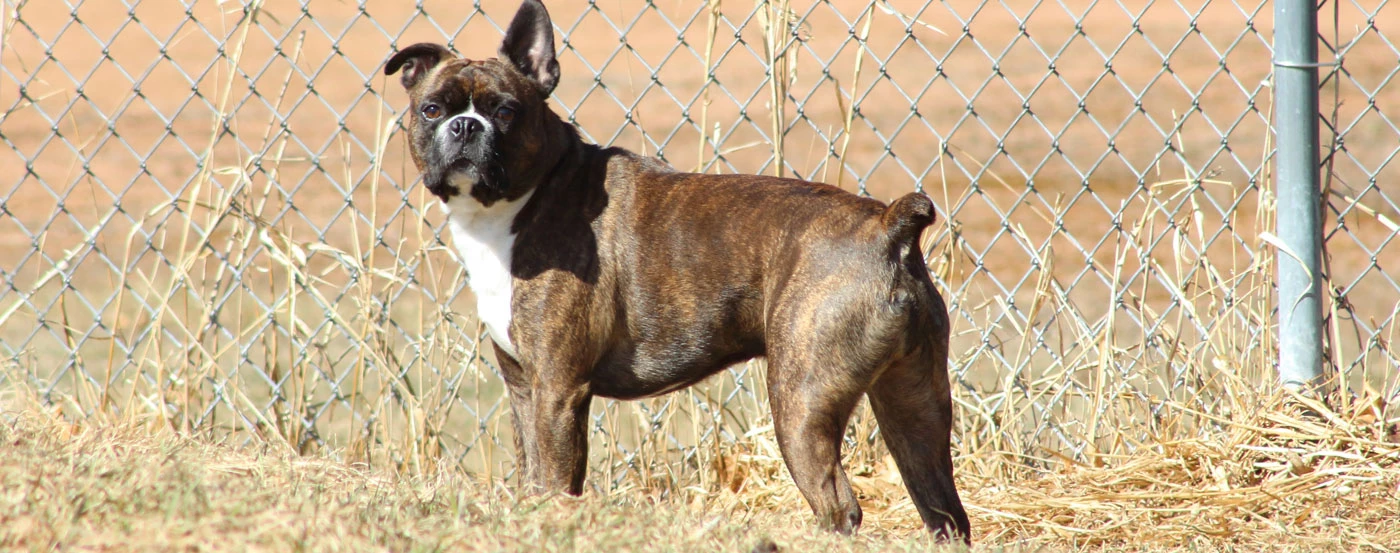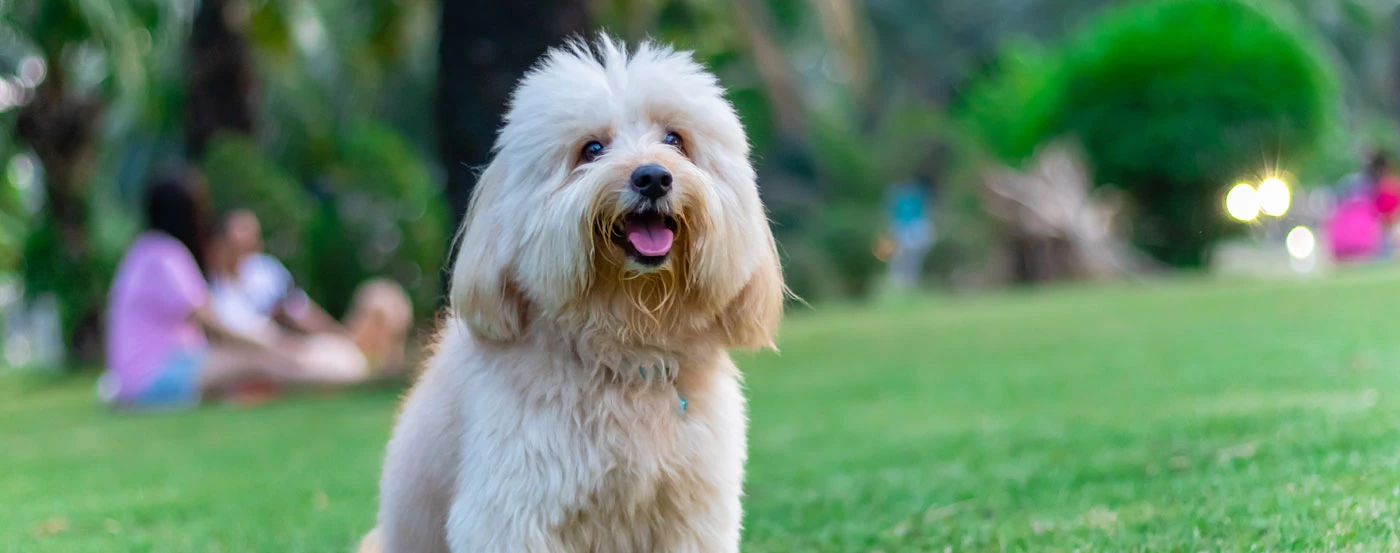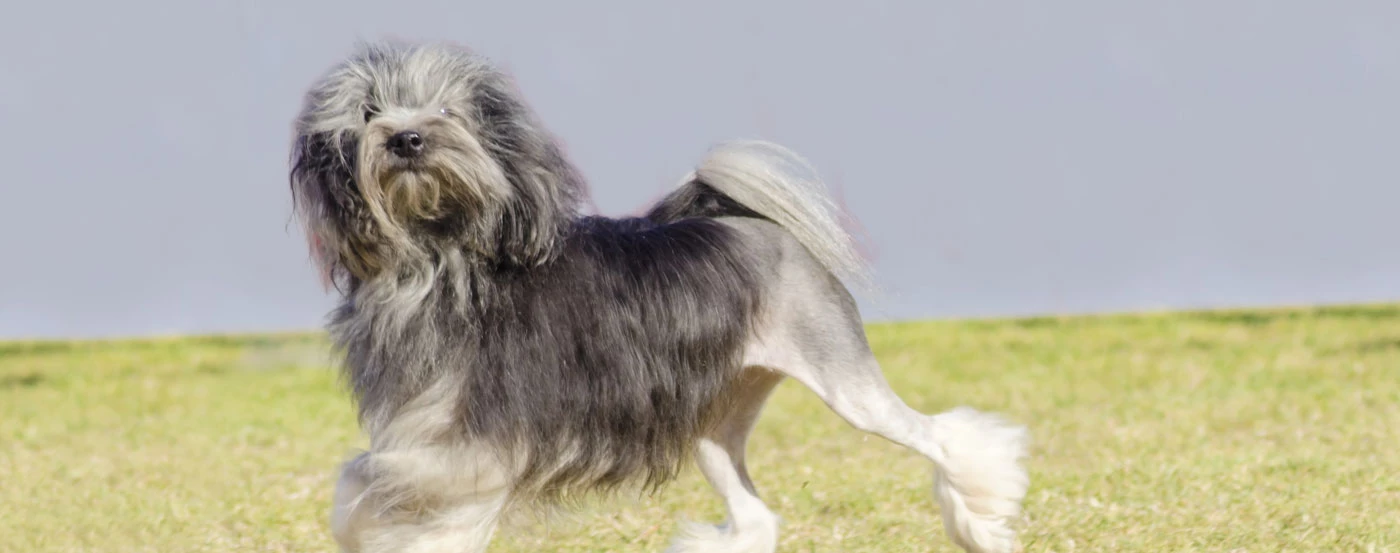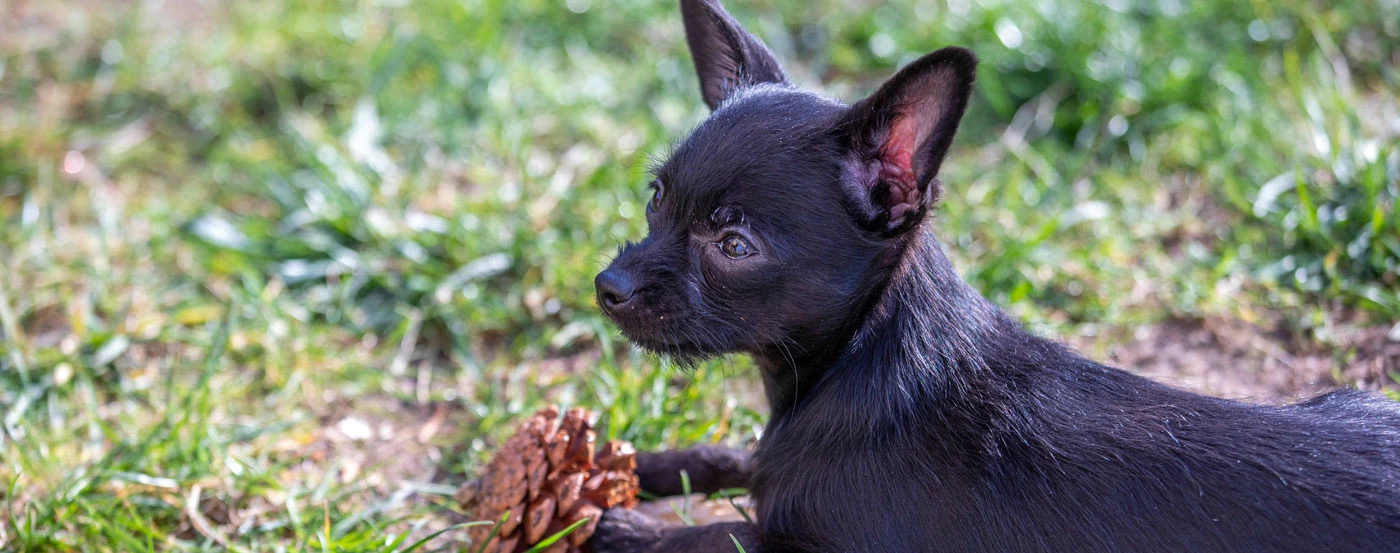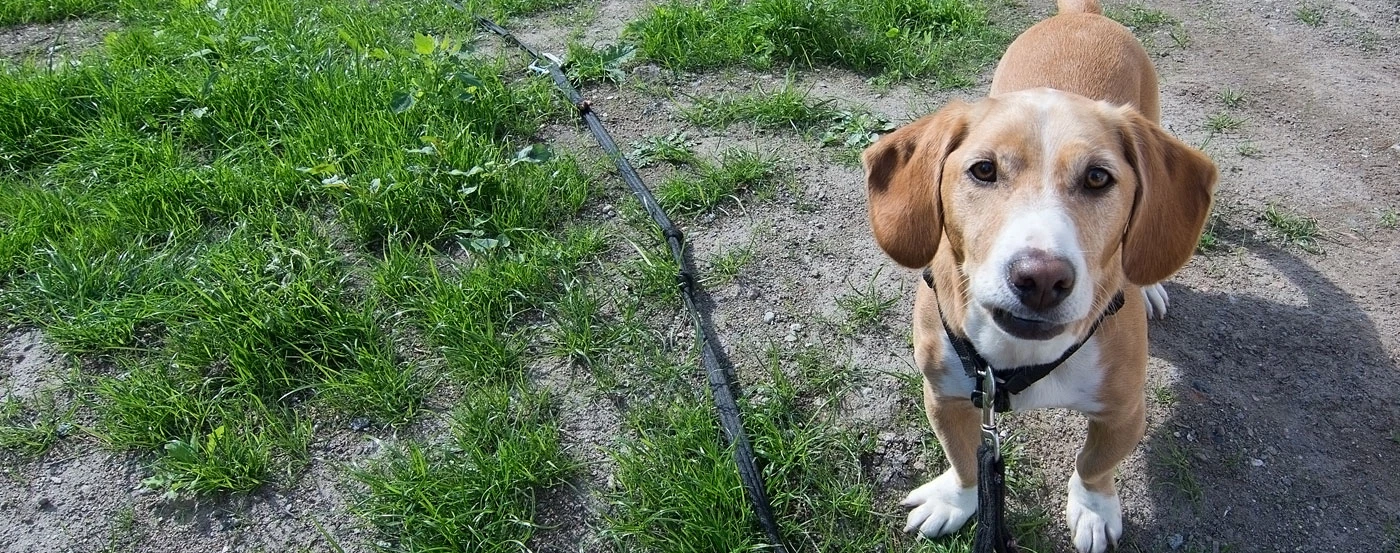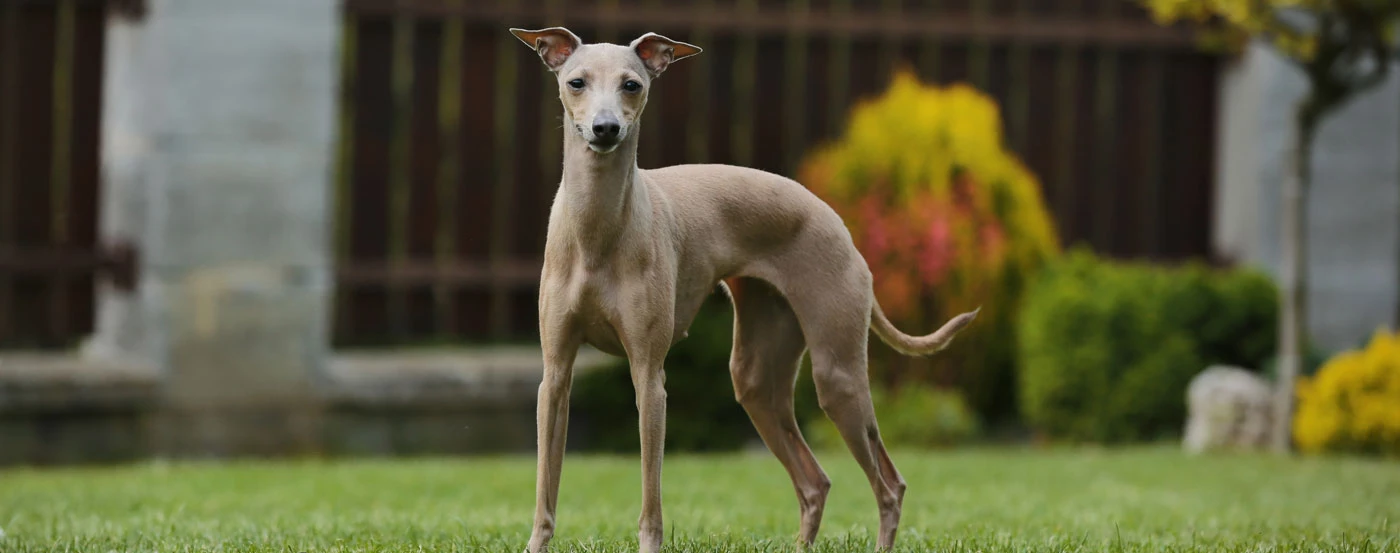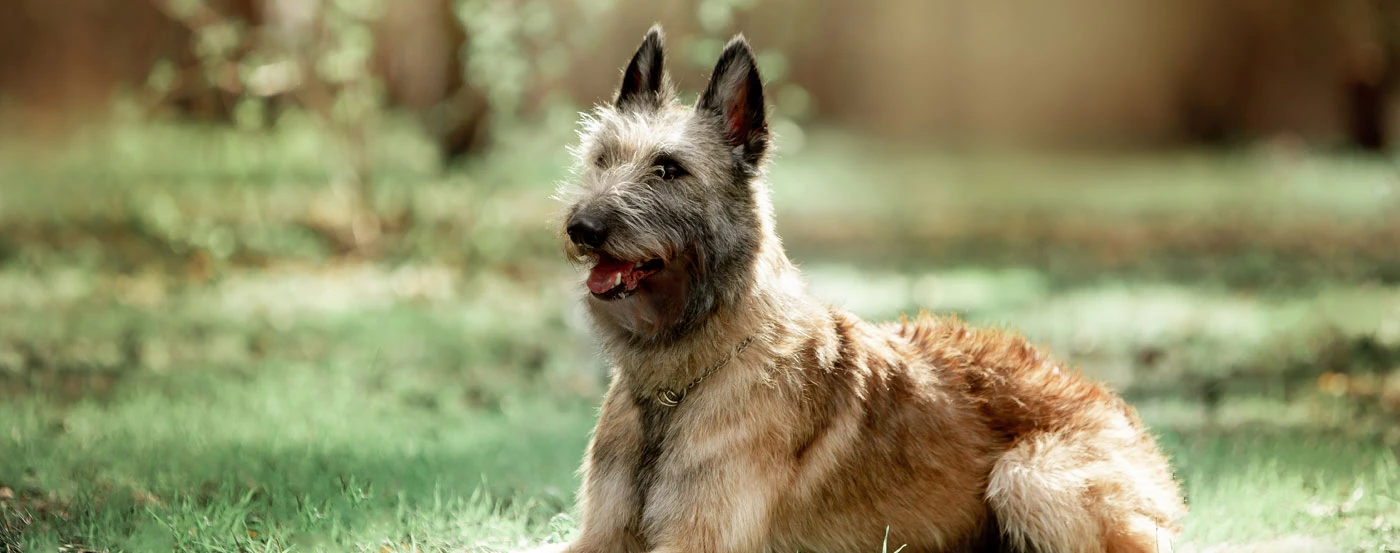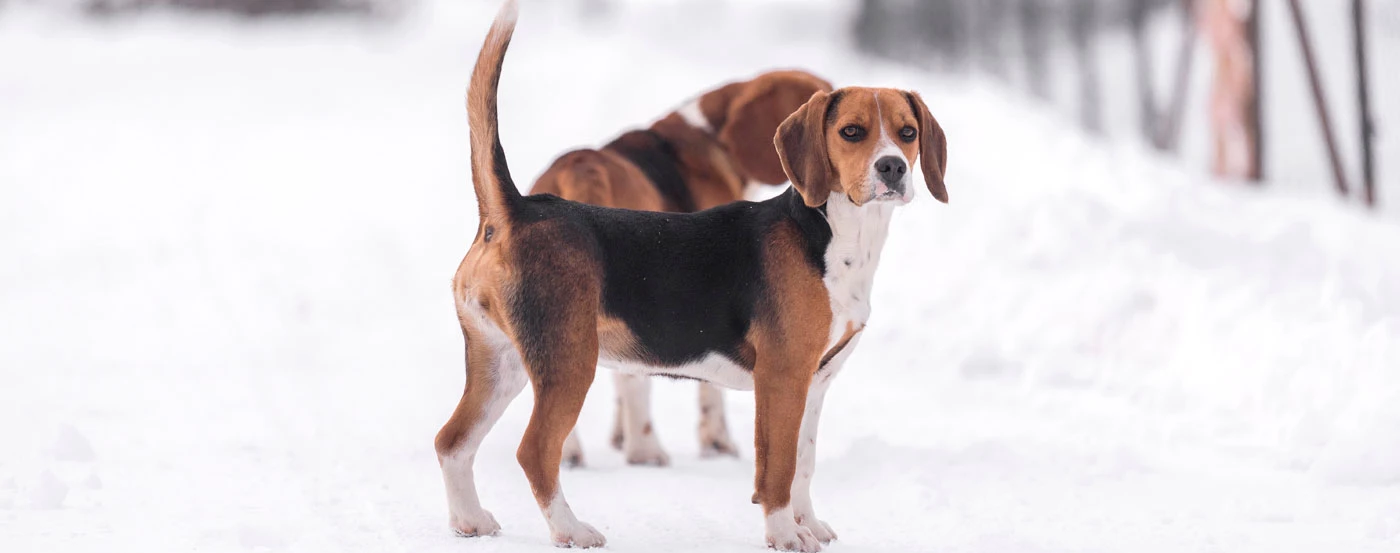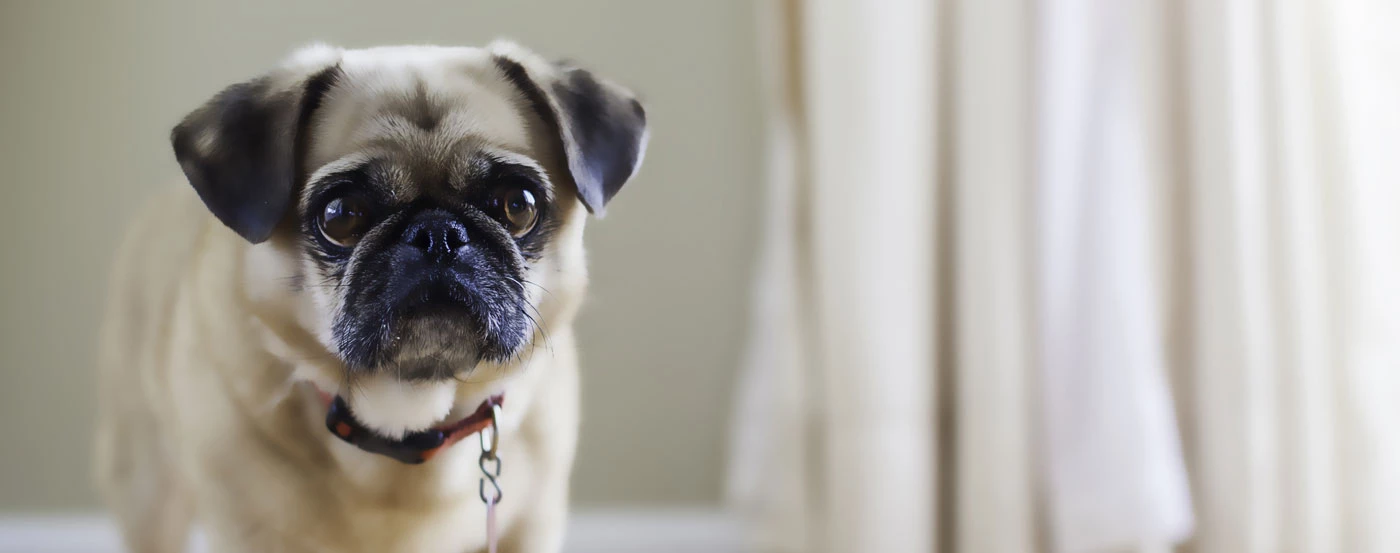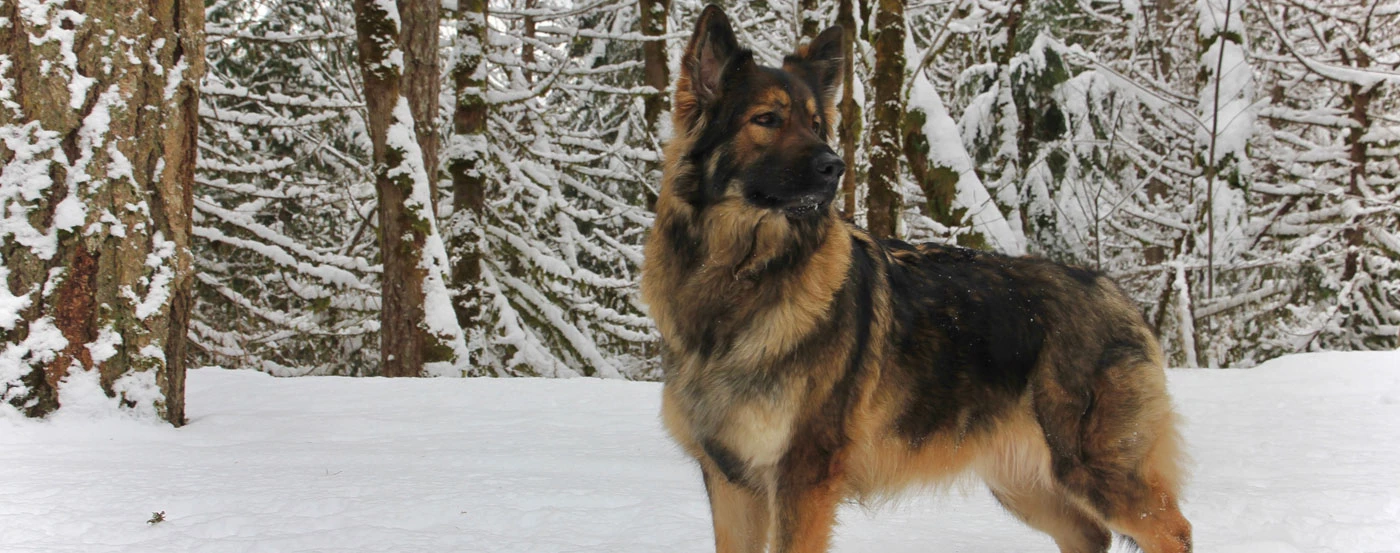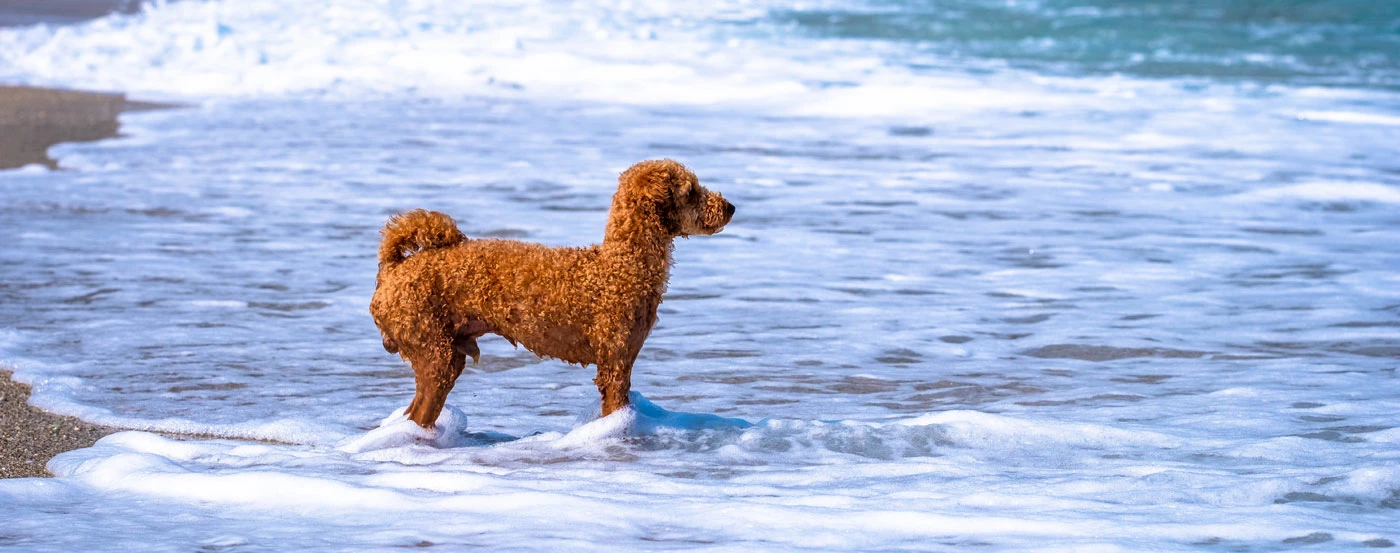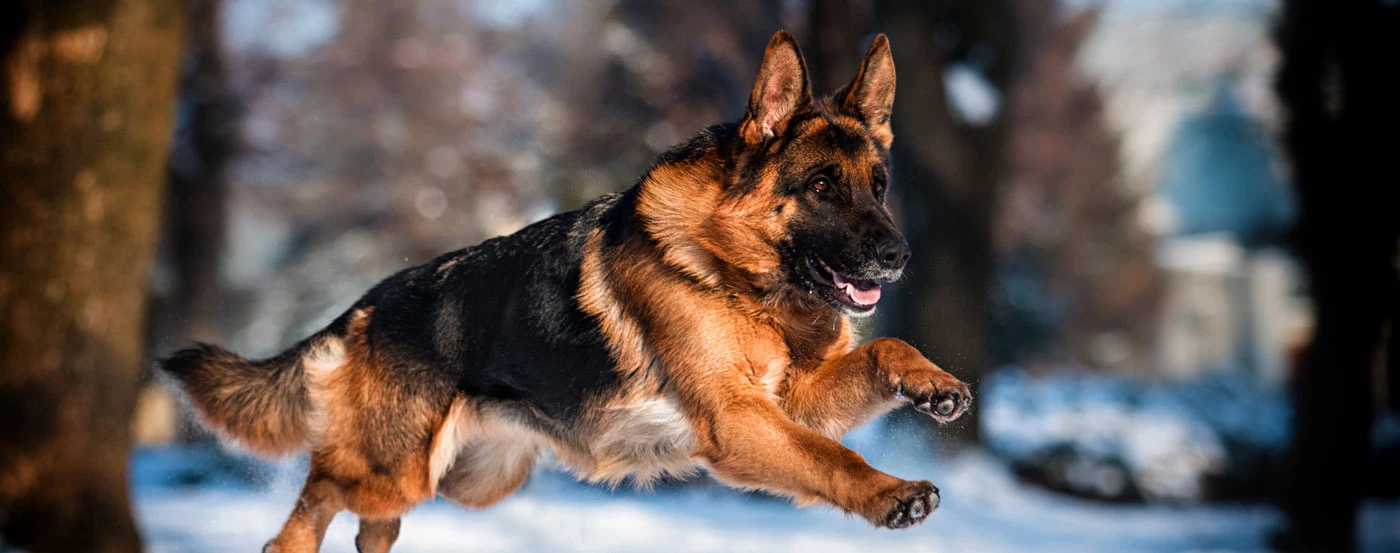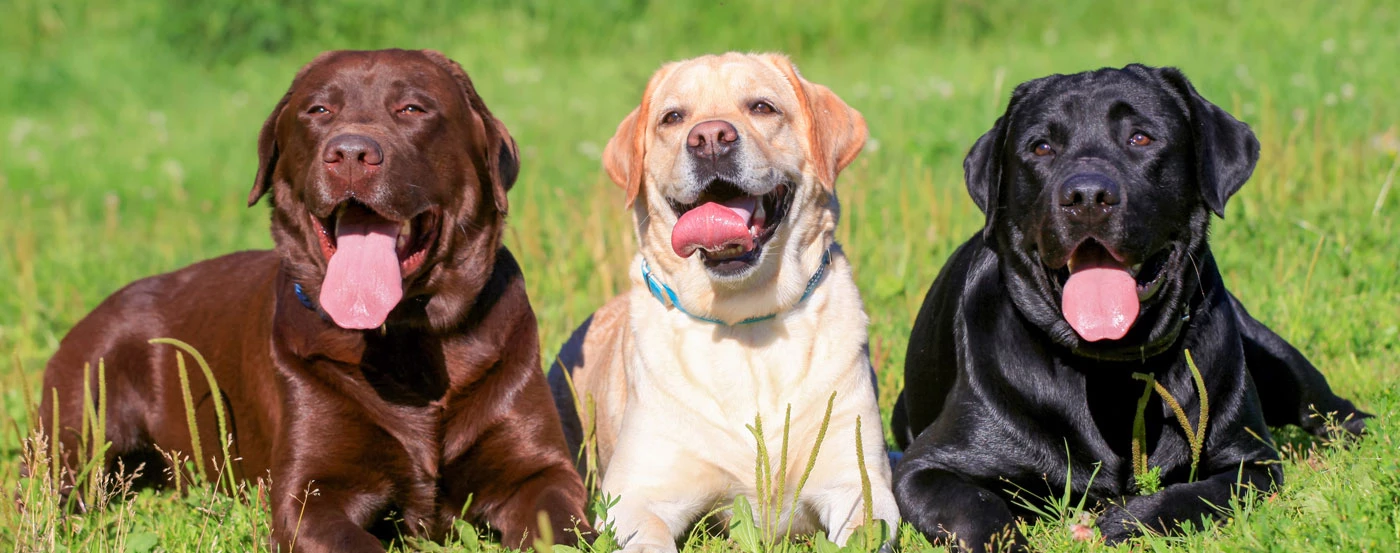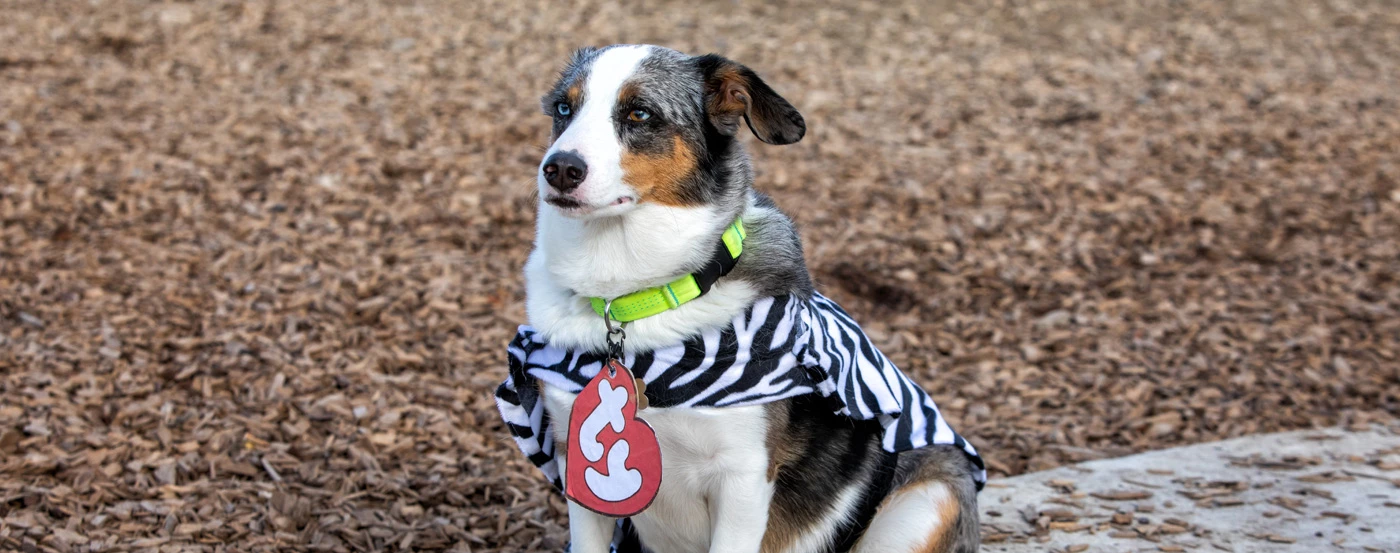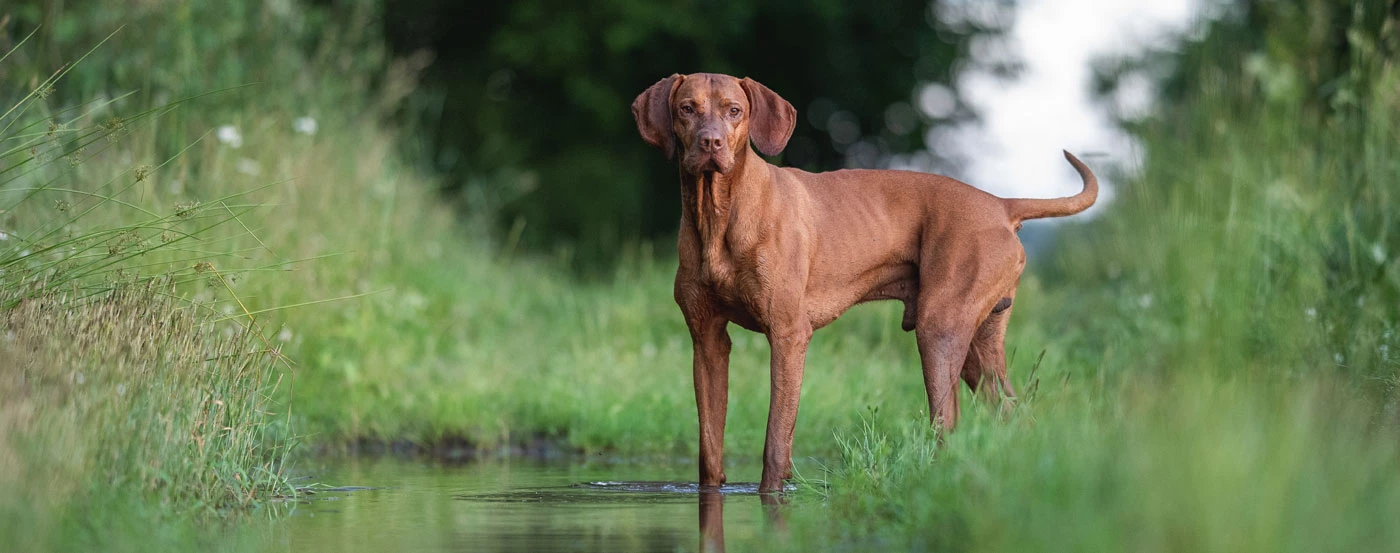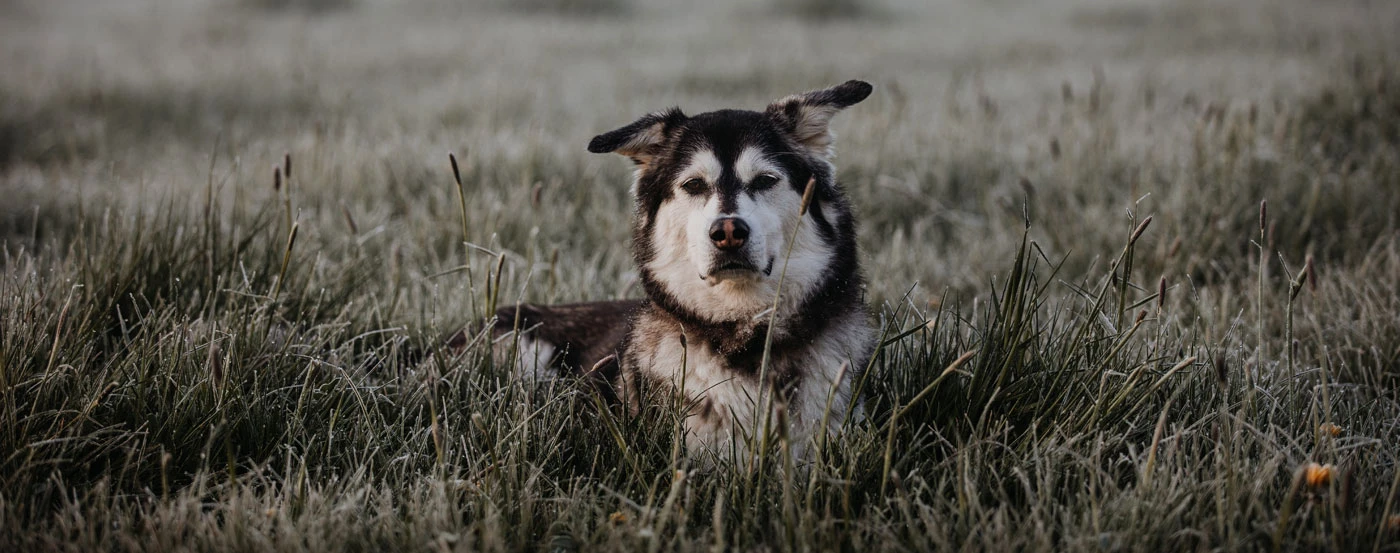About the Lakeland Terrier
The Lakeland Terrier is a marvellous addition to just about any family. The Lakie (as it is often known) is a clever, affectionate dog and adaptable to many environments.
These cheerful chaps sport a rather stylish beard and walk with a spring in their step. They still require proper training and care, however.
Our guide to Lakeland Terriers will help you to figure out if this is the right dog for you.
Lakeland Terrier Gallery
What is the history & origin of the Lakeland Terrier?
Lakeland Terriers are among the earliest recognised terrier breeds. The Lakie is named for the English Lake District, where it was originally bred by farmers to hunt the foxes who worried their sheep. Their small but sturdy build and slim body make the Lakeland Terrier the perfect pooch to squirrel into fox dens after its quarry.
This breed of dog has been helping farmers out since the 1700s. They have also been known as the Patterdale Terrier as well as Fell Terriers. The Lakeland breed standard became more precise during the early 1900s, allowing them to be recognised by the American Kennel Club in 1934.
Who are Lakeland Terrier dogs best for?
Despite their original profession as working dogs, these charming terriers make excellent family pets. Most Lakeland Terriers become quickly affectionate to family, especially children. They tend not to be overly fond of other animals unless introduced at a young age, so they might not be the ideal choice for a multi-pet family.
The small stature of these dogs makes them quite well suited to apartment or small house living. They are active though, so they will require extra time at the park to compensate for smaller living quarters. Lakies are quick-on-the-uptake but a natural stubborn streak can make them difficult to train for inexperienced owners.
How much grooming does a Lakeland Terrier need?
These impish dogs have a double coat; wiry on the outside to protect them from the damp conditions and rugged underbrush of their ancestral home, with a soft undercoat to keep them warm. Grooming Lakeland Terriers should be a weekly thing to remove loose hair and dirt but bathing is only necessary every four weeks or so - unless it rolled in something nasty.
Lakies are a low shedding breed, provided you strip or trim excess hair away. A good breeder or experienced groomer can show you how to do this by hand or with a special tool.
Do Lakeland Terrier bark much?
Like lots of small dogs, these guys have a lot to say. The petite stature of an adult dog makes them well suited for apartment or condo living, but you're going to need to teach them to be quiet.
They have a relatively quiet disposition at home but like many terriers, they tend to bark at other dogs, or strange sounds, or just because they're bored. Socialising your pup from a young age by enrolling in a puppy kindergarten class or something similar will familiarise it with strange people and other dogs, making them less inclined to yap as an adult.
Do Lakeland Terrier bite?
If you happen to be something small and furry, like a squirrel, be afraid. When it comes to people though, Lakies are friendly dogs and not known to bite or show aggression.
What is the temperament & personality of a Lakeland Terrier?
What is the Lakeland Terrier temperament like? is placid and friendly toward humans, making it a generally easy-going pooch. They might be a little bit hesitant to befriend strangers but early socialisation should help. They often don't get along well with other dogs or any animal really, unless they have been raised together from a young age.
The Lakeland is an active dog and is known for finding mischief to keep itself amused. This might include digging or chewing or using its small, squirrely size to play escape artist. Bred as a working dog, this breed has energy to spare! We recommend that you take your Lakie on lots of long walks or try out some dog sports.
What is the weight & size of a Lakeland Terrier?
This breed of dog typically measures 33-38 cm in height and weighs in at 6-8 kg.
How much training does a Lakeland Terrier need?
Start obedience training your new puppy ASAP. These Lakeland dogs are highly intelligent and quick to learn... and quick to ignore, too. They are independent thinkers and quickly lose interest in whatever deeply uninteresting lesson (in their view!) you might be trying to teach.
Their kindly nature will respond well to positive reinforcement but keep things varied, these little chaps are too clever to bother with repetitive training methods. Start training equipped with patience and a sense of humour - you're gonna need it!
What are some of the most common health issues for a Lakeland Terrier?
Overall they are a very healthy breed and are not known to suffer from genetic health problems. Look for a reputable breeder who abides by Kennel Club ethics to make sure you add a healthy pup to your family.
What is the lifespan of a Lakeland Terrier?
The life expectancy of this breed is 12-15 years.
How much should you feed a Lakeland Terrier?
Just like any dog, these guys require a diet of high-quality dog food to live a long and healthy life. It is recommended you feed your pooch about one cup of food per day but divide it into two meals to prevent it all from being gobbled up in seconds, because yes, that is likely to happen.
The exact food that is right for your dog will depend on its age and lifestyle, as well as its personal taste (just like people!). Speak to your veterinarian to make sure you are serving up all the vitamins and nutrients it needs.
What is the price of a Lakeland Terrier in Australia?
These little terriers are a rare and sought after breed, so expect to spend anywhere between $1800-$2500 for a pup. Look for a breeder registered with the Lakeland Terrier Club or Lakeland Terrier Association.
Despite being purebred dogs, their penchant for mischief often lands these guys in rescue centres, so check there for a slightly older dog looking for a forever home!
Pros
- Good travel buddy
- Loves water
- Very smart
Cons
- Stubbornness
- Fenced yard is ideal
- Housebreaking may be difficult
